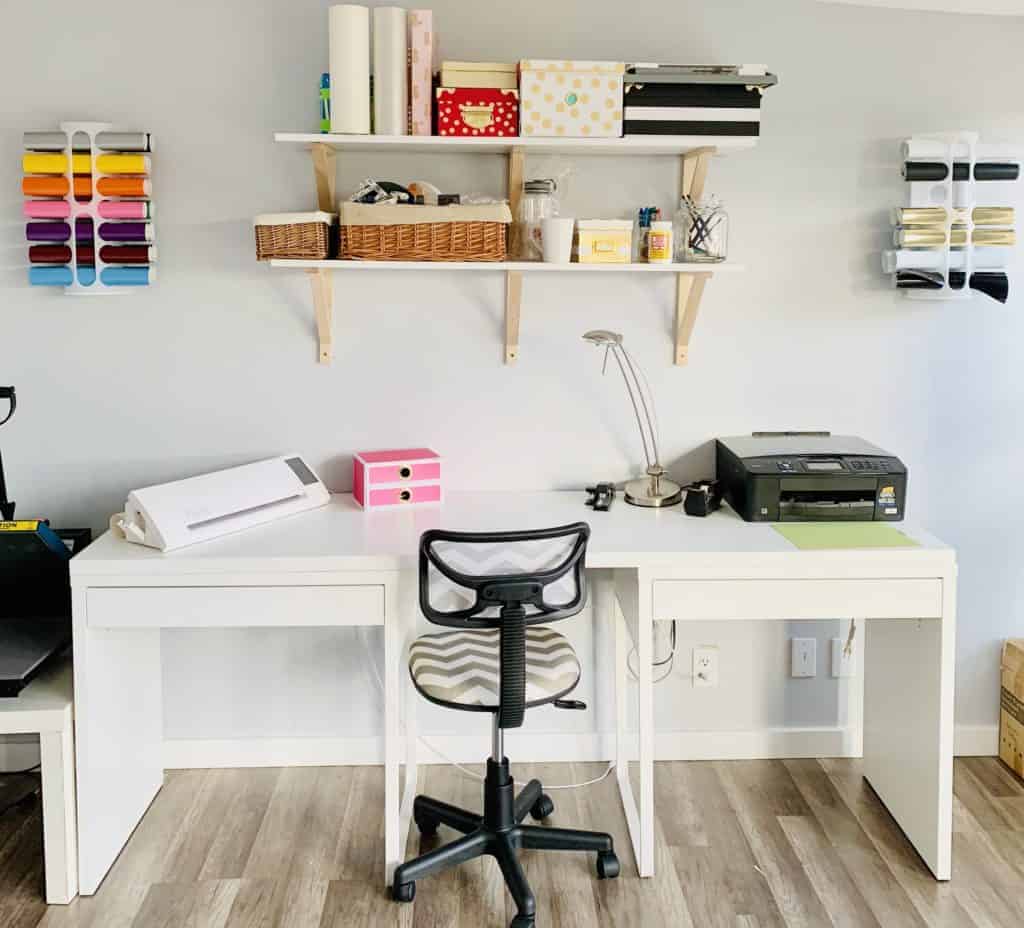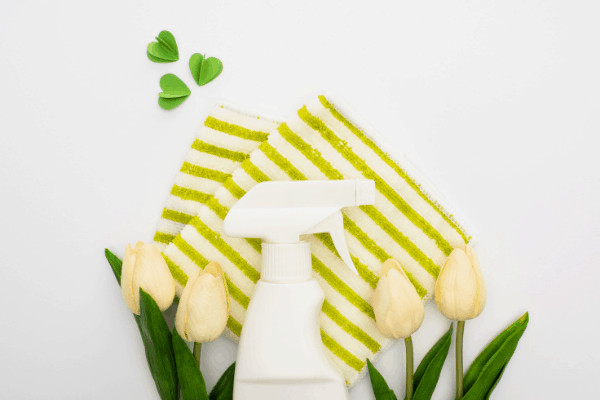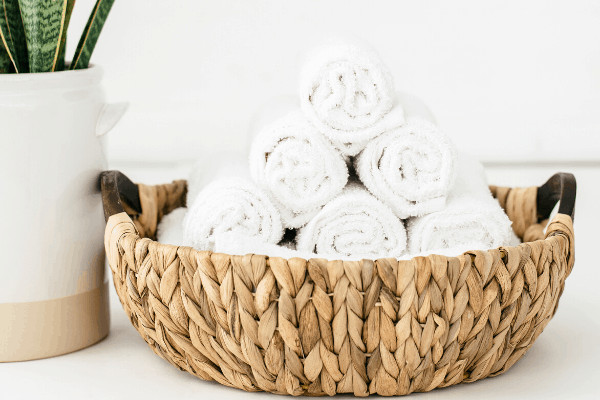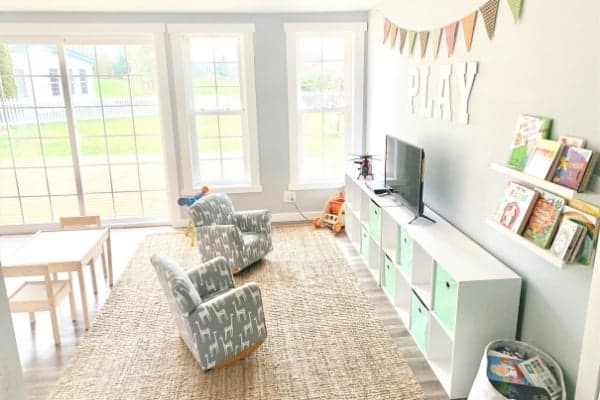Painting a home is inexpensive to boost curb appeal and increase the property’s value. It also protects the house from harsh weather and sun damage.
As a professional painter, it’s important to understand how to properly prepare and execute this job to make your clients happy with the results. Here are some tips to help you get started.
Preparation is Key
Exterior house painting can be a daunting task. But it can add huge curb appeal and increase your home’s value. Preparing properly for this project is important, as a poorly executed paint job can look bad and damage your home.
Premium exterior house paint has two functions: beautify and protect. It can withstand the torture of Mother Nature for 20 years or more; that’s 14,600 days of protection from the sun, wind, rain and freezing temperatures. That’s amazing for a coating that is only 1-2 mils thick!
It needs to be applied over a clean surface to get that level of durability from your paint job. The right prep work will ensure your house gets a beautiful new coat of paint that lasts years. Proper preparation also helps you to save time and money on cleanup. Practice includes determining your project parameters, washing and cleaning surfaces, protecting areas you don’t want to paint, and covering plants and outdoor furniture.
Make Sure Your Gutters Are Clean
A fresh coat of paint can change the entire look and feel of a house. It can also increase your curb appeal and potentially your property value. However, knowing how to prepare for an exterior painting job is important.
This can include various things, from the right paint to ensuring the gutters are clean. Regularly inspecting and cleaning your gutters can avoid becoming clogged with pine needles and leaves. This can lead to rot, eventually damaging your fascia, soffit and roofing. It can also cause water leaks and other problems.
It is best to do regular gutter cleaning to avoid this problem, especially if you live in an area with many pine trees. You can install a gutter helmet or cover to prevent leaves and pine needles from clogging the system. This task is difficult, and having a friend help you or use a ladder is best. Otherwise, it can be time-consuming and exhausting. It’s also very dangerous if you don’t wear proper gear like a hard hat and safety goggles.
Cover Anything You Don’t Want to Paint
It’s important to use masking tape and drop cloths to cover areas that aren’t getting painted, such as doors, windows and other trim elements. This will protect them from accidental smudges or drips and ensure they’re clean once the job is finished.
If you live in an area with a homeowners’ association, checking their regulations before you start any painting projects is important. They may have rules on what color your home can be or may not allow you to paint certain features, such as your shutters or front door.
If you plan to put your home on the market, it is important to consider what colors will appeal to the most buyers. Light, neutral colors like white and beige are a safe choice that won’t upset any neighbors or scare away potential buyers. Darker colors can look amazing, but they are more likely to fade and require more regular cleaning. Ultimately, it is best to choose a classic color that will look as good in years to come as it does now.
Be Prepared for the Weather
If you paint your home’s exterior in sub-optimal weather conditions, you can have a poor finish that will cost you in the long run. Rain, wind, ice, and snow can all ruin your new paint job and cause it to crack, chip, or peel.
A fresh coat of exterior paint can help your home look new and beautiful again. It can also protect it from the elements and other damaging environmental factors.
However, it is important to know what signs indicate your house needs a new coat of paint. If your paint is peeling or has cracks, this is a good sign that it’s time for a repaint. Widespread mildew and staining signify it’s time for a new paint job.
Before you begin painting, it’s a good idea to walk around your house and note any areas that need attention. This will include areas of loose paint, rotten wood, or cracked plaster. You may also need to caulk or spackle holes or cracks.
Don’t Forget About the Trim
The trim on the house usually includes wood elements such as the material that edges windows and doors, a fascia board, or spindles that run along the porch. It also may consist of more decorative items like carved corbels, scalloped gable boards or shutters. Remembering the trim when painting an exterior house is important because it can greatly impact the home’s overall look.
The first step is to repair any problems affecting the paint job, such as rotted or weathered wood. Cover any areas you don’t want to be painted with protective tarps or drop cloths, and place painter’s tape around them to ensure the paint doesn’t get on them.
Next, it’s time to choose a color scheme. Matching the trim to the siding color is generally a good idea to make the exterior paint job cohesive. It’s best to pick one color for the siding and a shade or two lighter or darker for the trim so they don’t clash.





